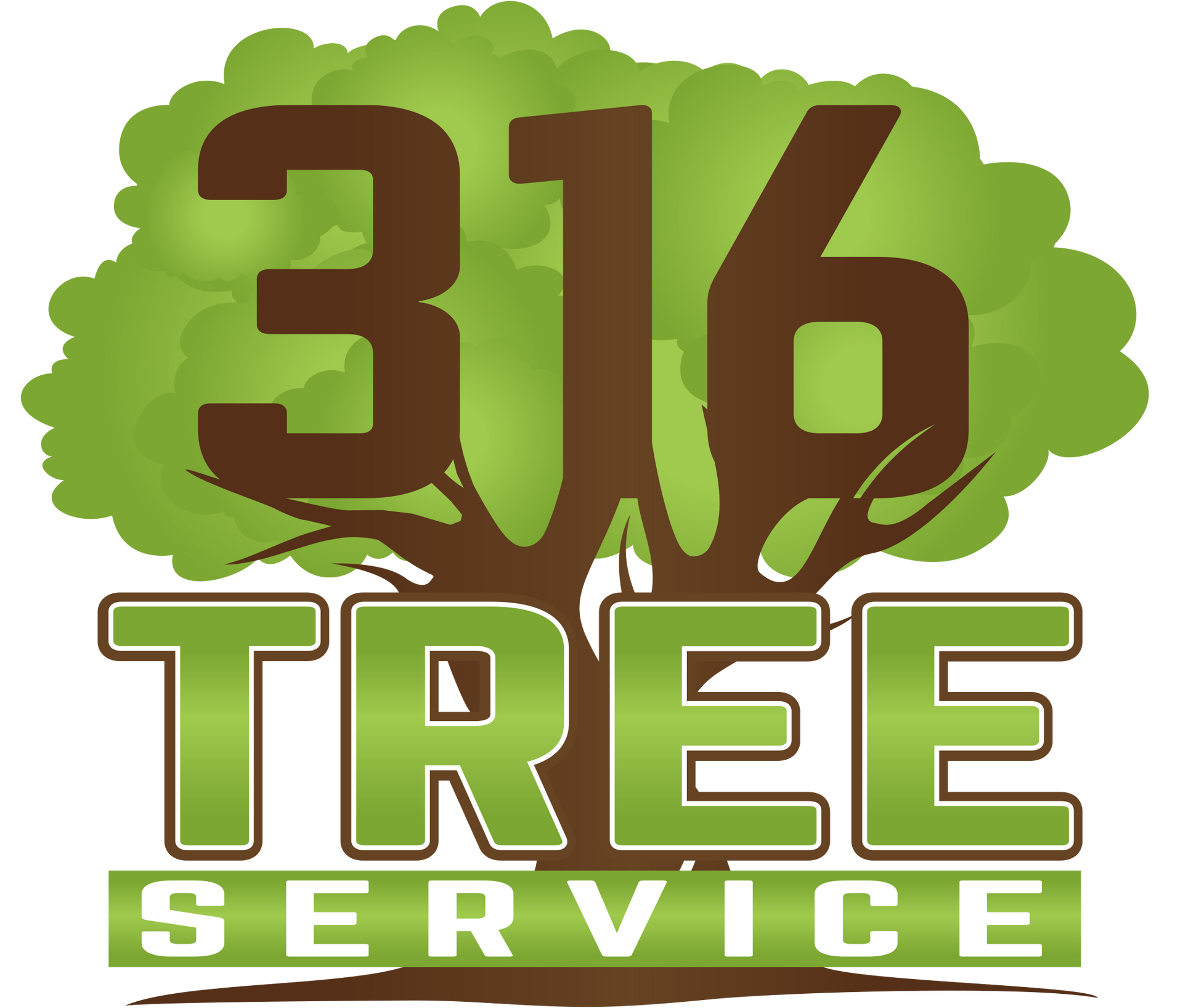How to Choose a Tree Removal Service in Wichita
The key to choosing the right tree removal service in Wichita is finding a company with proper insurance, local experience, and the right equipment for Kansas trees. You want professionals who understand how Wichita's clay soil and weather conditions affect tree health and removal safety.
When a tree needs to come down on your property, making the wrong choice can lead to property damage, safety issues, or incomplete work. The right tree service will handle everything from permits to cleanup, giving you peace of mind throughout the process.
What Should You Look for in a Wichita Tree Service?
Start with insurance and licensing verification. Any reputable tree service should carry both liability insurance and worker's compensation coverage. Ask to see current certificates before any work begins.
Look for local experience in Wichita's unique conditions. Companies familiar with our area understand how cottonwoods, elms, and other common Kansas trees behave during removal. They know which trees are more likely to have extensive root systems in our clay soil and how wind patterns affect falling branches.
Check their equipment and crew size. Professional tree removal often requires specialized equipment like bucket trucks, cranes, or stump grinders. The crew should be large enough to handle the job safely and efficiently.
How Do You Evaluate Tree Removal Quotes?
Get detailed written estimates from at least three different companies. Quality tree services will visit your property to assess the job rather than giving quotes over the phone.
The estimate should include removal method, cleanup plans, and any additional services like stump grinding. Be wary of quotes that seem significantly higher or lower than others - both can be red flags.
Ask about the timeline and what happens if weather delays the work. Kansas weather can change quickly, and experienced companies will have contingency plans.
What Questions Should You Ask Before Hiring?
Find out about their experience with trees similar to yours. Different tree species require different removal techniques, especially mature trees that have been growing in Wichita's soil for decades.
Ask about cleanup and disposal. Professional services should remove all debris and leave your property clean. Some companies also offer firewood if you're interested in keeping usable wood.
Discuss timing and scheduling flexibility. Tree removal work depends heavily on weather conditions, and good companies will work around your schedule while prioritizing safety.
Why Wichita's Clay Soil Affects Tree Removal
Wichita's heavy clay soil creates unique challenges for tree removal that many out-of-area companies don't understand. The dense soil can make root systems more shallow and widespread than in other regions, affecting how trees need to be safely removed.
Clay soil also retains water differently, which impacts when removal work can be done safely. Experienced local companies know to avoid working in recently saturated clay soil, which can damage your lawn and make equipment unstable.
Our soil conditions also affect stump grinding depth and techniques. What works in sandy soil may not be effective in Wichita's clay, making local expertise essential for complete stump removal.
At 316 Tree Service, we've been working with Wichita's unique soil and weather conditions as a veteran-owned company that understands the importance of doing the job right the first time. When you need reliable tree removal services, call us at tree removal specialists at (316) 796-4679. Our experienced team has the right equipment and local knowledge to handle your tree removal safely and completely, from the initial assessment through final cleanup.
